Ertach Kernow - Cornish historic road bridges
Cornish historic road bridges found along narrow roads and lanes have been on my mind recently along with those on main thoroughfares still in use today. Having spent a considerable amount of time driving around Cornwall over the past few weeks on my way to give talks and research places, I’ve seen my fair share of narrow roads and old bridges. I love those narrow roads where the trees arch over the road with grass, wild plants of all types and flowers growing along the edges. However, one hopes not to meet another vehicle, especially a visitor to Cornwall in a large vehicle, unused to reversing up narrow Cornish lanes. I am looking forward to the new road layout on the A30, especially the elimination of the Chiverton roundabout, thereby able to get to the west of Cornwall faster and with a greater feeling of safety.
During the early part of the 14th century, it's interesting to hear what the Bishop of Exeter John de Grandisson was telling certain Cardinals and friends, how he felt about his Diocese. His feelings of isolation due to communication difficulties saying they would hear little from him and likely vice versa. ‘I am not only set down, in the ends of the earth, but in the very end of the ends thereof. My Diocese, which embraces Devon and Cornwall, is separated from all the rest of England, and, except on one side only, surrounded by seas so tempestuous that they can scarcely be called navigable. The people of Cornwall speak in a tongue which is unknown to the English, and only known to Bretons.’ Things have improved hugely since then, but upgrading of roads did not begin until the 18th century with the introduction of toll roads, even then many roads remained badly potholed tracks until the 19th century. There must have been some improvements during the 15th and 16th centuries evidenced by the number of bridges from this period still in existence today. By this period towns of reasonable size were emerging and better communication between them being established. However, large areas of Cornwall continued to be very sparsely inhabited during medieval times as opportunities for agricultural advancement were difficult given the terrain and soil quality. The poor quality of Cornish roads meant that carts tended to be used for short distances usually pulled by oxen, although a breed of horse known as rounceys were relatively common. Rounceys were small inexpensive horses used for riding and in Cornwall as packhorses although the term packhorse in history could also refer to donkey’s and mules. Celia Fiennes wrote during the 17th century during her travels around Cornwall of ‘a great number of horses little of size which they call Cornish Canelys. They are well made and strong and will trip along as light on the stony road without injury to themselves’. This breed of Cornish horse it seems eventually died out, perhaps suited specifically for poor road conditions and no longer needed as these improved.
Looking at some of these scenic routes especially those with historic bridges it’s good some of these have been bypassed and along with Cornish stone hedges being increasingly appreciated as part of Cornwall’s heritage. Charles Henderson the esteemed Cornish historian wrote in the preface of his Old Cornish bridges and streams published in 1928 `A purpose therefore of this book is to show what a fine collection of Old Bridges is possessed by a single county and that county by no means celebrated for its rivers. Such a heritage is worth preserving.` Todays bridges and underpasses although functional have no what could be called a soul, there is nothing quirky although there are occasions when attempts are made to make them interesting. Built to accommodate motor vehicles they differ entirely from those built in past centuries to meet the needs of travellers on foot and for Cornwall especially packhorses travelling along narrow uneven tracks.
Besides the increased movement of people between Cornwall’s larger towns and markets, Cornish roads were also being used by travellers on pilgrimages. Although St Michael’s Mount itself was a destination one of the reasons to travel to Marazion would have been to continue to one of the most important pilgrim destinations, the shrine of St James the Great, now the Cathedral of Santiago de Compostela. Many pilgrims would have taken the alternative route via Fowey to Spain. Today this pilgrimage has once again grown in popularity and although the destination is important there is now greater emphasis on the actual journey. Wales had been the source of many Cornish saints from the 5th century through what has become known as the ‘Age of Saints’ with many pilgrims continuing to travel from Wales through Cornwall on the way to Spain between the 13th to 16th centuries. From South Wales pilgrims would have landed at Clovelly the route then taking them through Kilkhampton the first larger Cornish village with its church dedicated to St James the Great. This pilgrim way was probably similar to the current A39 which is now the only classified road route that does not cross the River Tamar. On this route they would have crossed a number of rivers, with many stone bridges in Cornwall today existing from the time of those pilgrimages.
The church was very keen to support building and maintenance of bridges, and this also stretched to quays and harbours at certain Cornish coastal settlements. There seems to be a misunderstanding that the church paid for this work, but nothing could be further from the truth. The Bishopric of Exeter, in which Diocese Cornwall lay, is recorded multiple times as giving indulgences for works to be carried out. This was an age of a highly susceptible and religious population who would buy saints relics sold by the church and happily accept 40 days indulgence as payment for their own work, goods or money towards a cause. These purportedly reduced the amount of punishment time in purgatory for their earthly sins. We today centuries later still benefit through these historic bridges from that work and those beliefs.
A brief look at a couple of historic bridges one of which is one of my favourites stop off points at Treverbyn Bridge on the St Cleer and St Neot parish boundary. This medieval bridge was fortunately bypassed with a modern bridge in 1929 thereby protecting this 14th century crossing of the River Fowey. Originally on the main road linking important medieval market towns of Liskeard and Bodmin, Treverbyn Bridge benefitted from an indulgence given by the Bishop of Exeter Edmund Stafford to repair in 1412. Described as in a ruinous state, records show ‘the Bishop wrote to the Archdeacon. of Cornwall, ordering collections to be made throughout the Archdeaconry, and promising an Indulgence to the Faithful who should contribute dated 21st January 1412’. The remains of the earlier pre-fifteenth century bridge can be seen to the western side and the two later broader eastern arches and pier are typical of surviving early 15th century form and construction of Cornish bridges. Use was reduced in the 19th century when the new southern turnpike road was constructed through the Glyn Valley, now the A38.
Other historic bridges still in constant use have been widened, strengthened or protected in recent years. Originally a ford and ferry crossing at Wade with two 14th century chapels either side of the river, St Michael's Chapel’ at the southwest side and the `King's Chapel' at the northeast, Wadebridge has its ‘bridge on wool’. Constructed in the late 1460’s it was the vision of John Lovibond the Vicar of Egloshayle and built between the two chapels. It’s existence was first mentioned by William of Worcester in 1478 as `Wade-brygge' and again by Henry VIII’s antiquary John Leland during his travels around Cornwall in the 1530s. It was Leland who recorded the story that the bridge was built on packs of wool. Although the bridge has survived over five centuries sadly the chapels were sold off in 1591 by the crown following the English Reformation and the dissolution of ecclesiastical institutions and are now lost. The Bridge Trust Lovibond set up to administer the endowments he made to maintain the bridge lasted nearly four hundred years, until abolished in 1853. During the 18th century the Cornish antiquarian Dr William Borlase describe it as ‘to be the greatest bridge in Cornwall’. During the medieval period with its 17 arches this bridge was certainly a magnificent feat of workmanship for Cornwall. It helps illustrate how we are still so reliant on infrastructure created in past centuries, which should be better appreciated. Of course, many bridges haven’t survived, not through human intervention but natural disasters. The massive storm of July 8th 1847 saw all the bridges between Camelford and Wadebridge swept away or severely damaged along with houses and farm animals. At Wadebridge water went around both ends of the bridge relieving the pressure and aiding the survival of the then four-hundred-year-old bridge. A narrower river through riverside construction has reduced the number of arches in recent times.
Far more about the bridge at Wadebridge can be found in Andrew Langdon’s book ‘Wade-Bridge’ published by The Federation of Old Cornwall Societies available from the Kernow Goth bookshop at just £10.00. As Andrew succinctly puts on its cover ‘A vicar had the vision to build it, Oliver Cromwell defended it, a local squire fought on it, a quarter of a Catholic priest’s body was exhibited on it, Daniel Defoe wrote about it and Royalty have passed over it.’ It is one of Cornwall’s finest surviving historic bridges with a great story to tell.
Purchase from Federation of Old Cornwall Societies online shop
With many more Cornish bridges dating back to the 13th century this will have to serve as an introduction to future articles covering this important part of Cornwall’s heritage.
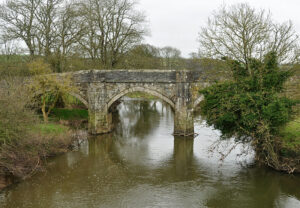
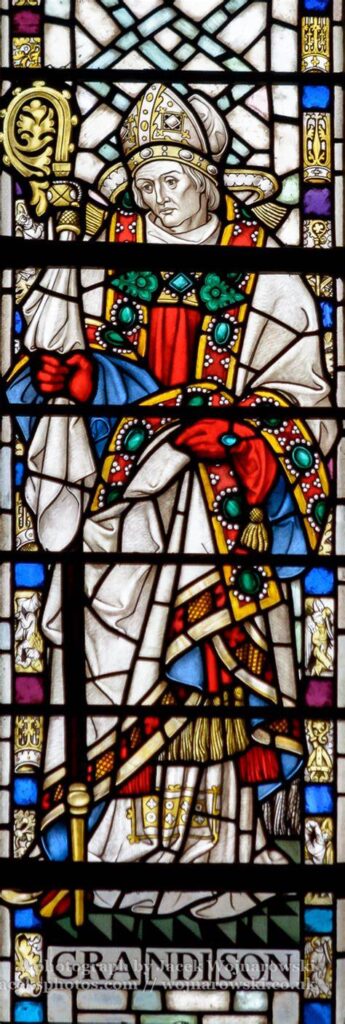
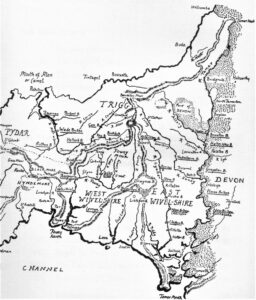
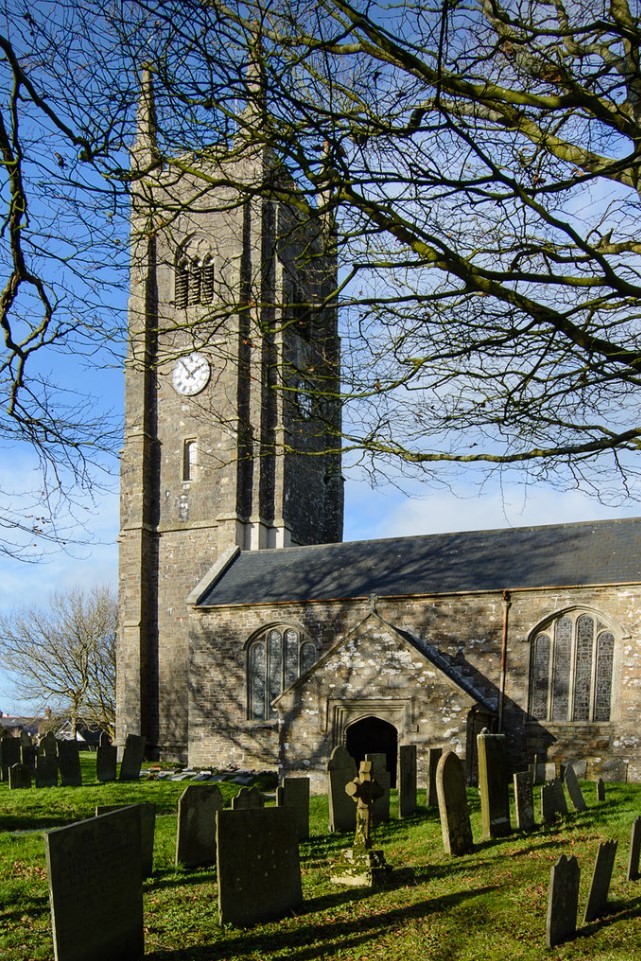
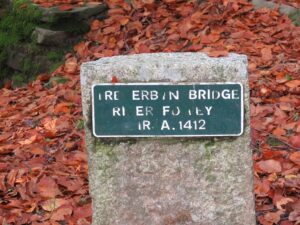
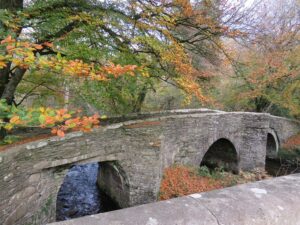
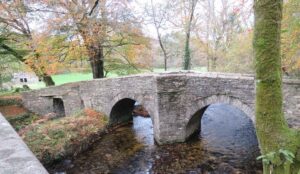
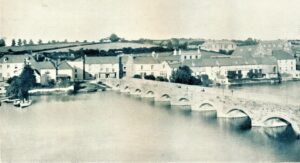
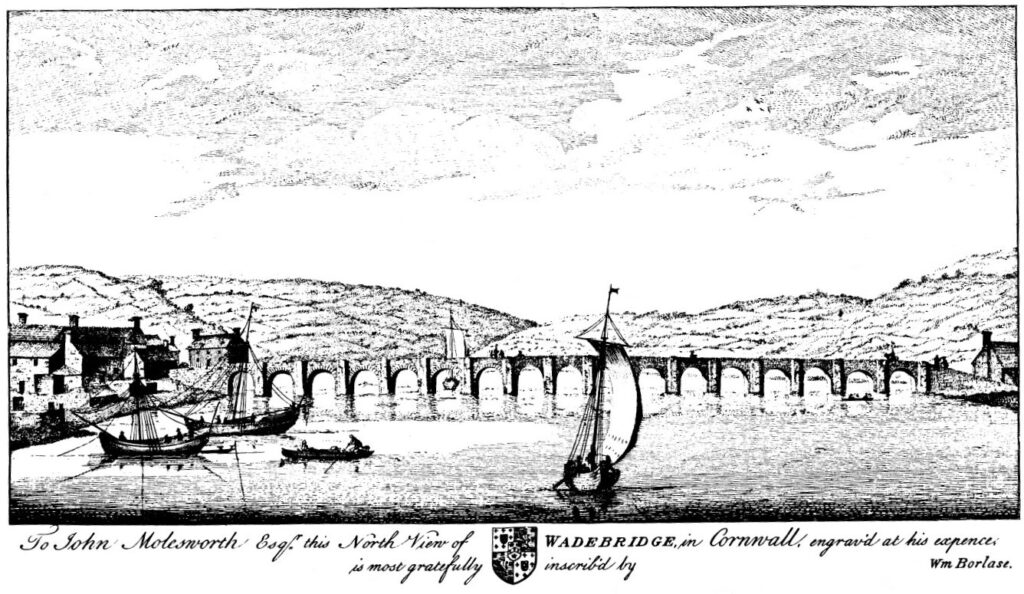
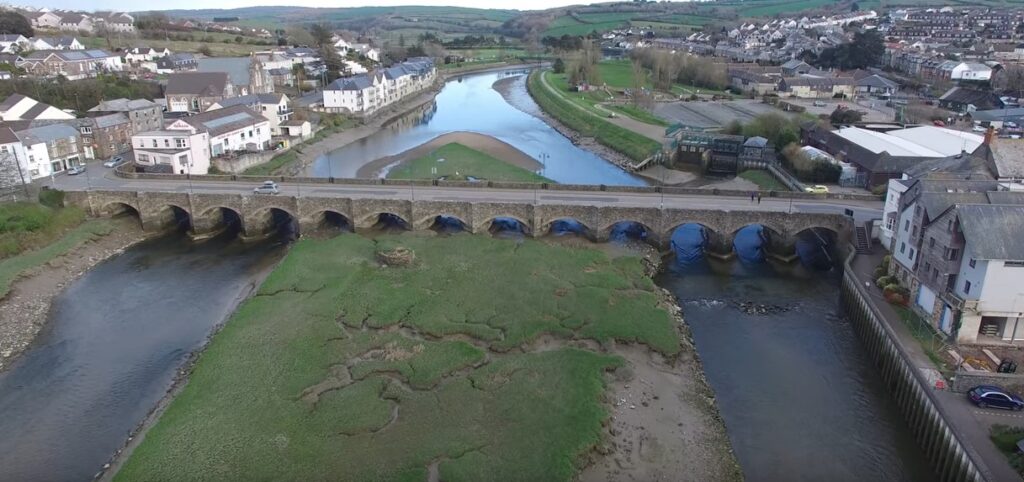
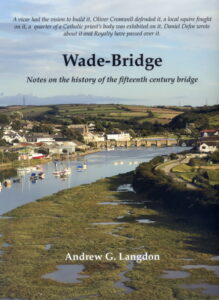
![Ertach Kernow - 28.06.2023 [1] Cornish historic road bridges](https://www.cornwallheritage.com/wp-content/uploads/2023/06/Ertach-Kernow-28.06.2023-1-255x300.jpg)
![Ertach Kernow - 28.06.2023 [2] Cornish road bridges](https://www.cornwallheritage.com/wp-content/uploads/2023/06/Ertach-Kernow-28.06.2023-2-255x300.jpg)
![[157] Ertach Kernow Heritage Column - 28th June 2023 - Speak Cornish Week Ertach Kernow Heritage Column - 28th June 2023 - Speak Cornish Week](https://www.cornwallheritage.com/wp-content/uploads/2023/06/157-Ertach-Kernow-Heritage-Column-28th-June-2023-Speak-Cornish-Week-300x289.jpg)